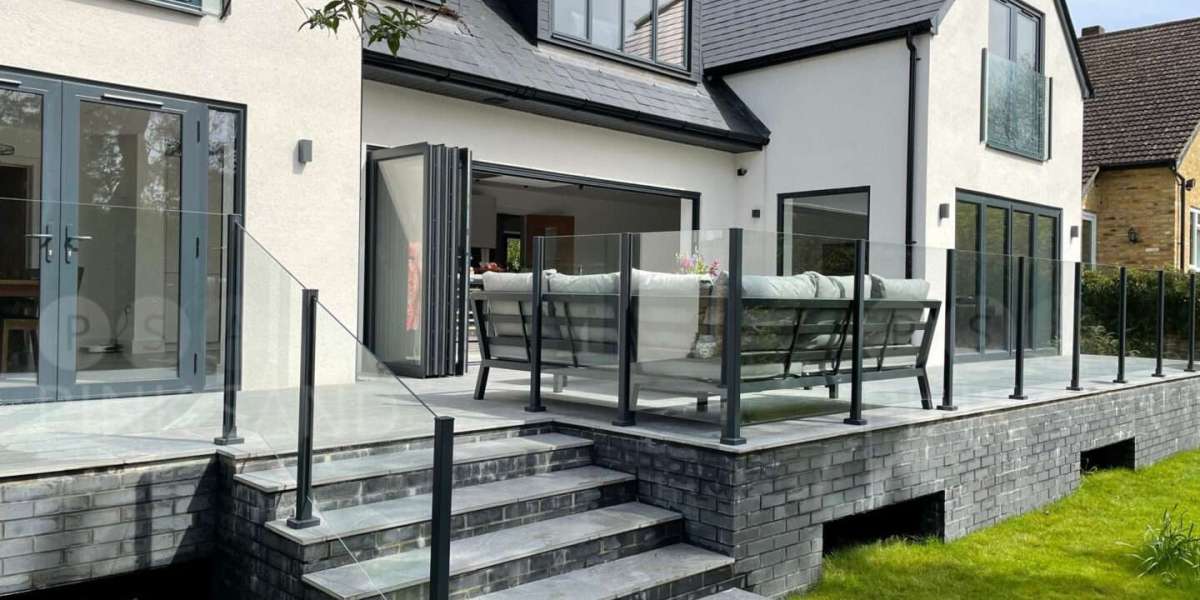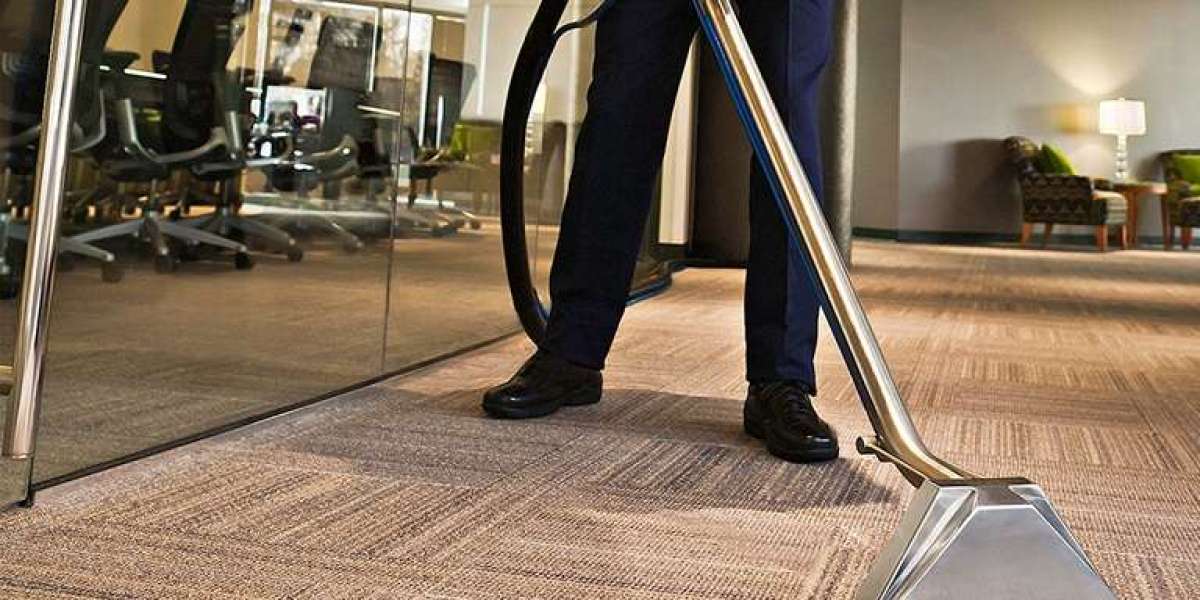
UPVC (Unplasticized Polyvinyl Chloride) windows have gained immense popularity in recent years due to their durability, energy efficiency, and low maintenance requirements. These windows are made from a rigid form of PVC, which is known for its strength and resistance to environmental factors. This report aims to provide a comprehensive overview of UPVC windows, including their benefits, features, and installation process.

Benefits of UPVC Windows
- Energy Efficiency:
One of the most significant advantages of UPVC windows is their energy efficiency. UPVC frames have excellent insulation properties that help to keep heat inside during winter and outside during summer. This can lead to reduced energy bills and a more comfortable living environment. Many UPVC windows are designed with multi-chambered profiles that enhance thermal performance.
- Durability:
UPVC windows are highly durable and can withstand harsh weather conditions. Unlike wooden frames, they do not warp, crack, or swell when exposed to moisture. Additionally, UPVC is resistant to corrosion, rust, and fading, which ensures that the windows maintain their appearance over time.
- Low Maintenance:
UPVC windows require minimal maintenance compared to other materials. They do not need to be painted or stained, and a simple wipe with soapy water is usually sufficient to keep them clean. This low maintenance requirement makes them a cost-effective option in the long run.
- Security:
UPVC windows are designed with security in mind. They often come with multi-point locking systems, reinforced frames, and toughened glass options, making them difficult to break into. This added security feature provides peace of mind for homeowners.
- Aesthetic Versatility:
UPVC windows are available in a wide range of styles, colors, and finishes, allowing homeowners to choose options that suit their architectural preferences. From traditional casement windows to modern sliding designs, UPVC can complement any home style.
- Sound Insulation:
UPVC windows provide excellent sound insulation, reducing noise pollution from outside. This is particularly beneficial for homes located in busy urban areas or near highways, contributing to a quieter indoor environment.
- Environmentally Friendly:
Although UPVC is a plastic product, it is recyclable. Many manufacturers have adopted eco-friendly practices, ensuring that old UPVC windows can be repurposed rather than ending up in landfills.
Features of UPVC Windows
- Multi-Chambered Design:
The multi-chambered design of UPVC frames enhances thermal insulation by trapping air within the chambers, which acts as an insulator. This design also adds strength and stability to the window structure.
- Double and Triple Glazing:
UPVC windows can be fitted with double or triple glazing, which further improves energy efficiency and sound insulation. Double glazing consists of two panes of glass with a gap in between, while triple glazing includes three panes, providing even better insulation.
- Customizable Sizes and Shapes:
UPVC windows can be manufactured to fit any size or shape, ensuring a perfect fit for any opening. This customization ability is particularly useful for unique architectural designs.
- Integrated Drainage Systems:
Many UPVC windows come with integrated drainage systems that prevent water accumulation and reduce the risk of damage due to moisture. This feature enhances the longevity of the windows.
- Reinforced Frames:
To improve structural integrity, UPVC windows can be reinforced with steel or aluminum. This reinforcement increases the strength of the window, making it more resistant to impact and weather conditions.
Installation of UPVC Windows
The installation process of UPVC windows is crucial for ensuring optimal performance and longevity. Here are the key steps involved in the installation process:
- Measurement:
Accurate measurements of the window openings are essential. This ensures that the UPVC windows are custom-made to fit perfectly, preventing air and water leaks.
- Preparation:
Before installation, the existing window frames must be removed, and the opening should be cleaned and prepared. Any old caulking or debris should be cleared away to create a smooth surface for the new window.
- Fitting the Window:
The UPVC window is placed into the opening, and it is essential to ensure that it is level and square. Temporary supports may be used to hold the window in place during the installation.
- Securing the Window:
Once the window is positioned correctly, it is secured using screws or brackets. The frame should be anchored to the wall to prevent movement and ensure stability.
- Sealing:
After securing the window, it is important to seal the edges with high-quality caulk to prevent air and water leaks. This step is crucial for maintaining energy efficiency and preventing moisture-related issues.
- Finishing Touches:
Finally, any trim or finishing materials are added around the window to enhance its appearance and provide a polished look. This may include interior and exterior cladding or decorative moldings.
Conclusion
UPVC windows offer numerous benefits, including energy efficiency, durability, low maintenance, and aesthetic versatility. Their customizable features and robust security make them an attractive option for homeowners. The installation process, https://www.fensa.org.uk/installers/ideal-glass-limited while straightforward, requires careful attention to detail to ensure optimal performance. As energy efficiency and sustainability become increasingly important in home design, UPVC windows stand out as a practical and stylish choice for modern living. With their many advantages, it is no surprise that UPVC windows are becoming a preferred option for new constructions and renovations alike.










